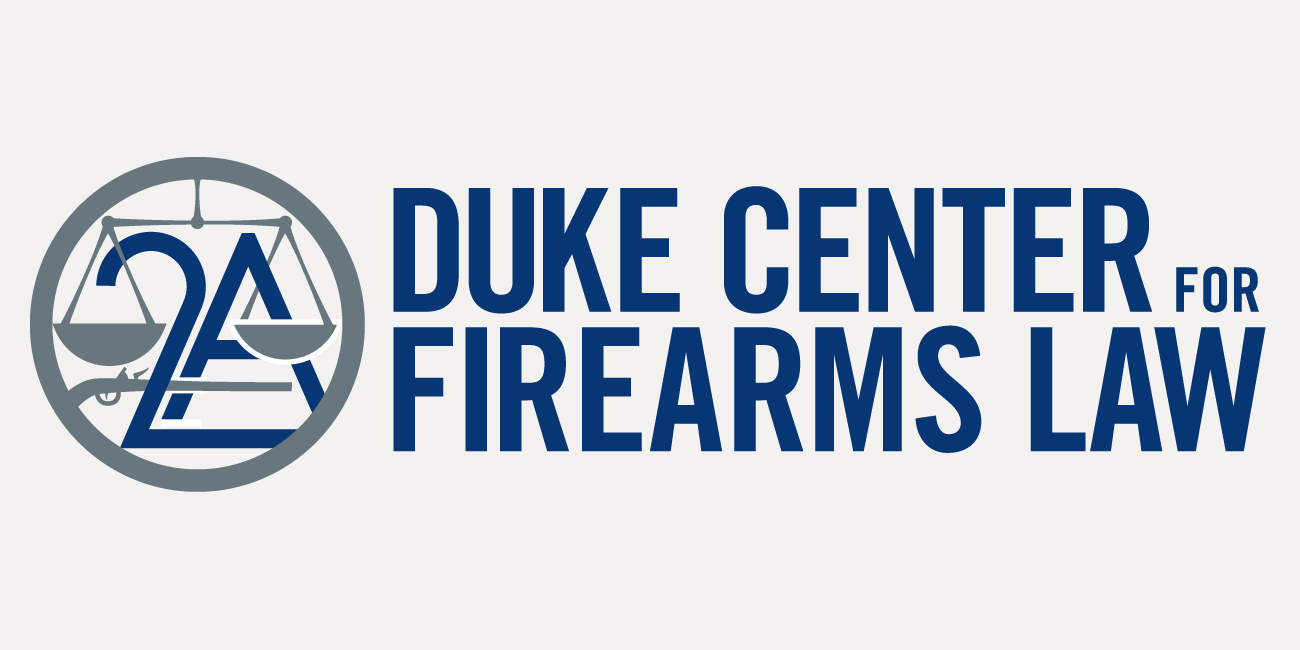

Newton's second law: The alteration of motion is ever proportional to the motive force impressed and is made in the direction of the right line in which that force is impressed.Ī nett force F accelerates a body in the direction of the force. ie its velocity is constant and its acceleration is zero. If the total force acting on a body is zero, then it travels in a straight line at constant speed. Newton's first law: Every body perseveres in its state of rest, or of uniform motion in a right line, unless it is compelled to change that state by forces impressed thereon. The italic is a translation of Newton's own words, the roman text is my paraphrasing. Demonstrating Newton's laws with a spring and a bowling ball.F = m a: Does it define F? define m? Is it a physical law? Can it possibly be all three?.Do Newton's laws work for different inertial frames?.Do Newton's laws apply? Inertial vs non-inertial frames.Newton's laws written in different ways.In particular, it addresses the philosophical basis and limitations to Newtons laws. This page gives some deeper and broader background. Now that we know how a massive body in an inertial reference frame behaves when it subjected to an outside force, such as how the engines creating the push maneuver the rocket, what happens to the body that is exerting that force? That situation is described by Newton’s Third Law of Motion.Īdditional reporting by Rachel Ross, Live Science contributor.Newton's laws: background and limitations Newton's laws are introduced in a multimedia tutorial: Chapter 5 of Physclips. The amount of the force and the location where it is providing the push can change either or both the speed (the magnitude part of acceleration) and direction. If the rocket needs to slow down, speed up, or change direction, a force is used to give it a push, typically coming from the engine. Rockets traveling through space encompass all three of Newton's laws of motion. In order to overcome gravity and lift a massive body, you must produce an upward force m a that is greater than the downward gravitational force mg. Without gravity, a massive body has no weight, and without a massive body, gravity cannot produce a force. The product of mass times gravitational acceleration, mg, is known as weight, which is just another kind of force. Notice that in this case, F and g are not conventionally written as vectors, because they are always pointing in the same direction, down. In this case, the constant acceleration due to gravity is written as g, and Newton's Second Law becomes F = mg. There is one situation, however, in which we do encounter a constant force - the force due to gravitational acceleration, which causes massive bodies to exert a downward force on the Earth. The body might speed up, slow down or change direction, after which, the body will continue moving at a new constant velocity (unless, of course, the impulse causes the body to stop). For a massive body moving in an inertial reference frame without any other forces such as friction acting on it, a certain impulse will cause a certain change in its velocity. In most cases, forces can only be applied for a limited time, producing what is called impulse. It is rather difficult to imagine applying a constant force to a body for an indefinite length of time. The large Σ (the Greek letter sigma) represents the vector sum of all the forces, or the net force, acting on a body. In this case, we would write the equation as ∑ F = m a The force can be a single force or it can be the combination of more than one force. The bold letters F and a in the equation indicate that force and acceleration are vector quantities, which means they have both magnitude and direction. However, if the object is already in motion, or if this situation is viewed from a moving inertial reference frame, that body might appear to speed up, slow down, or change direction depending on the direction of the force and the directions that the object and reference frame are moving relative to each other. In the simplest case, a force applied to an object at rest causes it to accelerate in the direction of the force. Newton's second law says that when a constant force acts on a massive body, it causes it to accelerate, i.e., to change its velocity, at a constant rate.


 0 kommentar(er)
0 kommentar(er)
